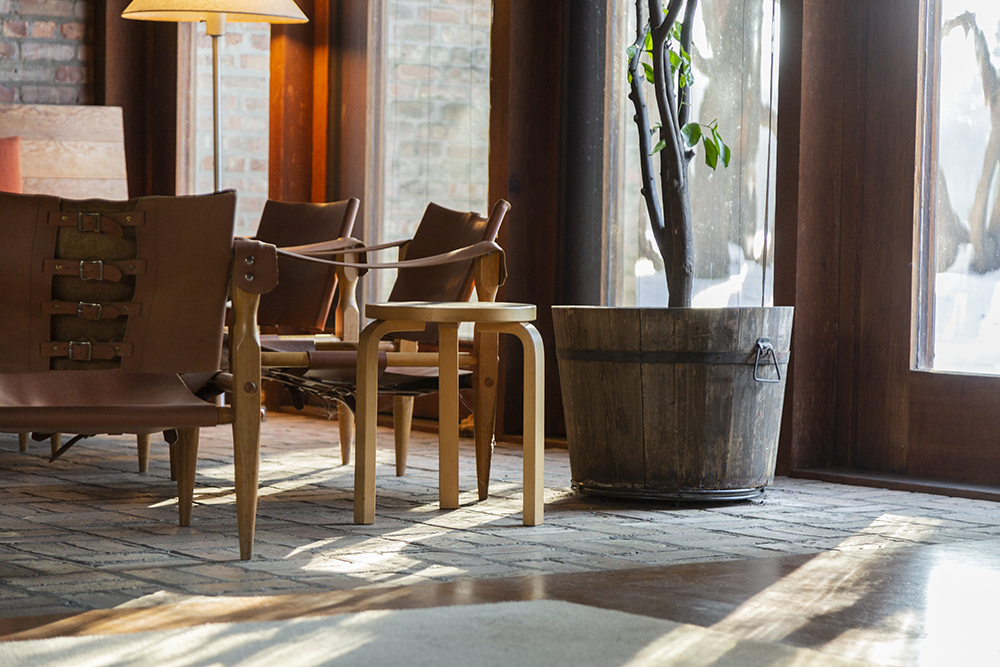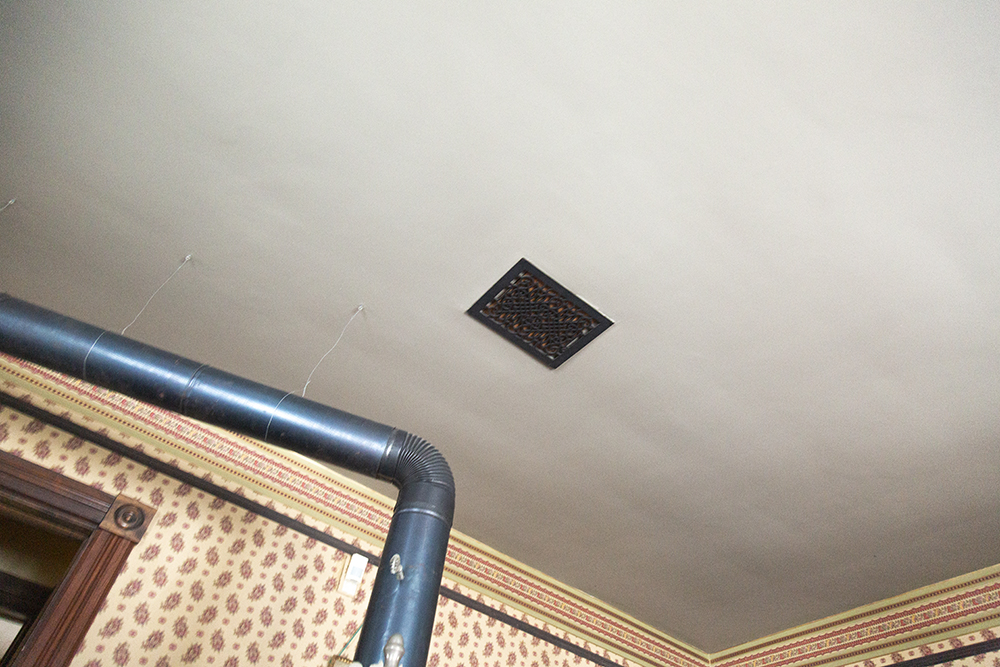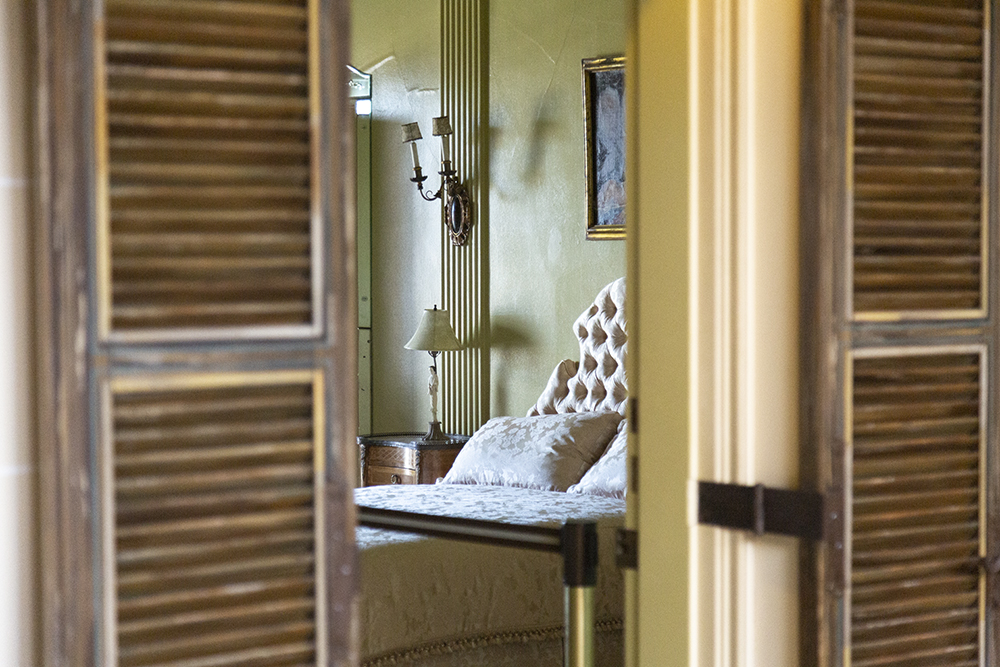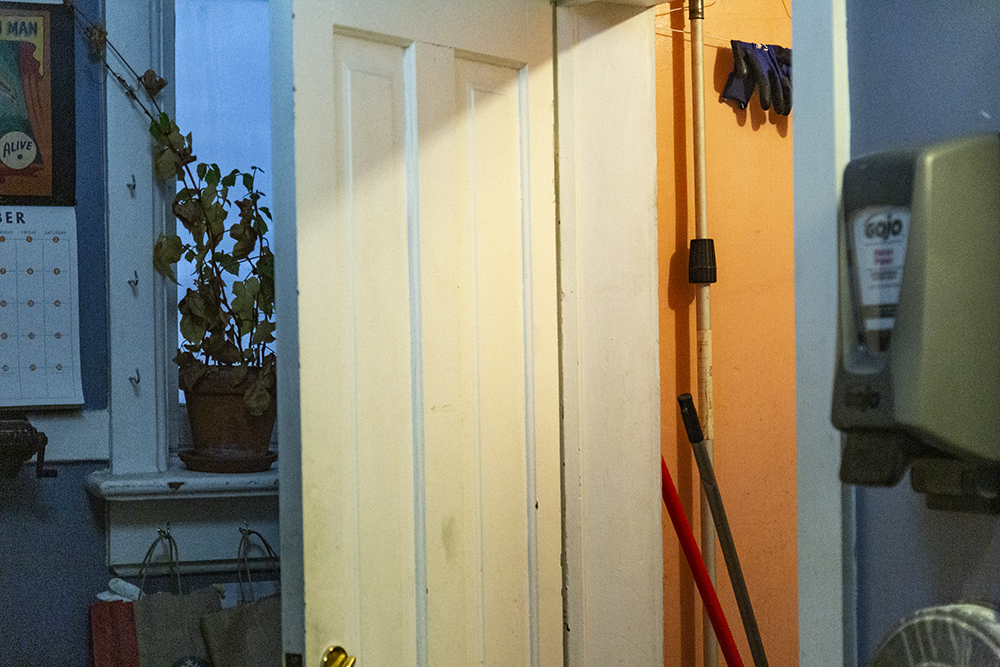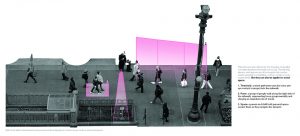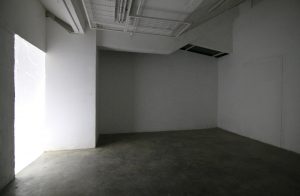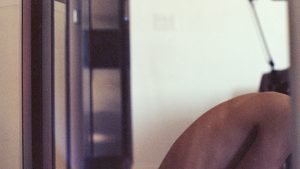Kekeli Sumah (b. 1990) is a Chicago-based interdisciplinary artist and designer whose practices explore how art, architecture and design can be methods to examine the cultural politics of globalization and the construction of identities. He is a graduate of the School of the Art Institute of Chicago with a Bachelor of Fine Arts in photography, painting, and drawing, a Bachelor of Arts in Visual and Critical Studies, and a Master of Architecture.
On December 15th, 2018 I had a moment with a bathtub. I walked into a restroom at the Graham Foundation for Advanced Studies in the Fine Arts, where the script flickered from exhibition space to home space.
The use of the word “script” in the fields of design, technology and Actor-Network-Theory was coined by French sociologist Madeleine Akrich who uses the term as a metaphor for the “instruction manual” the “message” inscribed in an artifact by a producer or designer to the user.
My thesis furthers Akrich’s contribution by appropriating the term “script” into architecture discourse through an examination of house museums—a building typology that is at the intersection of three types of scripts: “homeness”, “houseness” and “museumness”. Museumness is a programmatic script, cueing our behavior and attention, whereas houseness is a material script pointing to the connotations of that materials have. Homeness is the perhaps the hardest to find due to our wide ranging use of the word to describe buildings, objects, people, cities and countries. Anything can become home because of it’s symbolic and affective power.
Isolated in the bathroom at the Graham Foundation was an experience of home that launched my curiosity (firstly, can I shower in this thing?) and perhaps more importantly: can I find this feeling—in other house museums? Rather than privileging the house as an object on display, as is characteristic of many historic house museums, can we open up an opportunity to conceive of house museums as frames through which we can experience the world.



